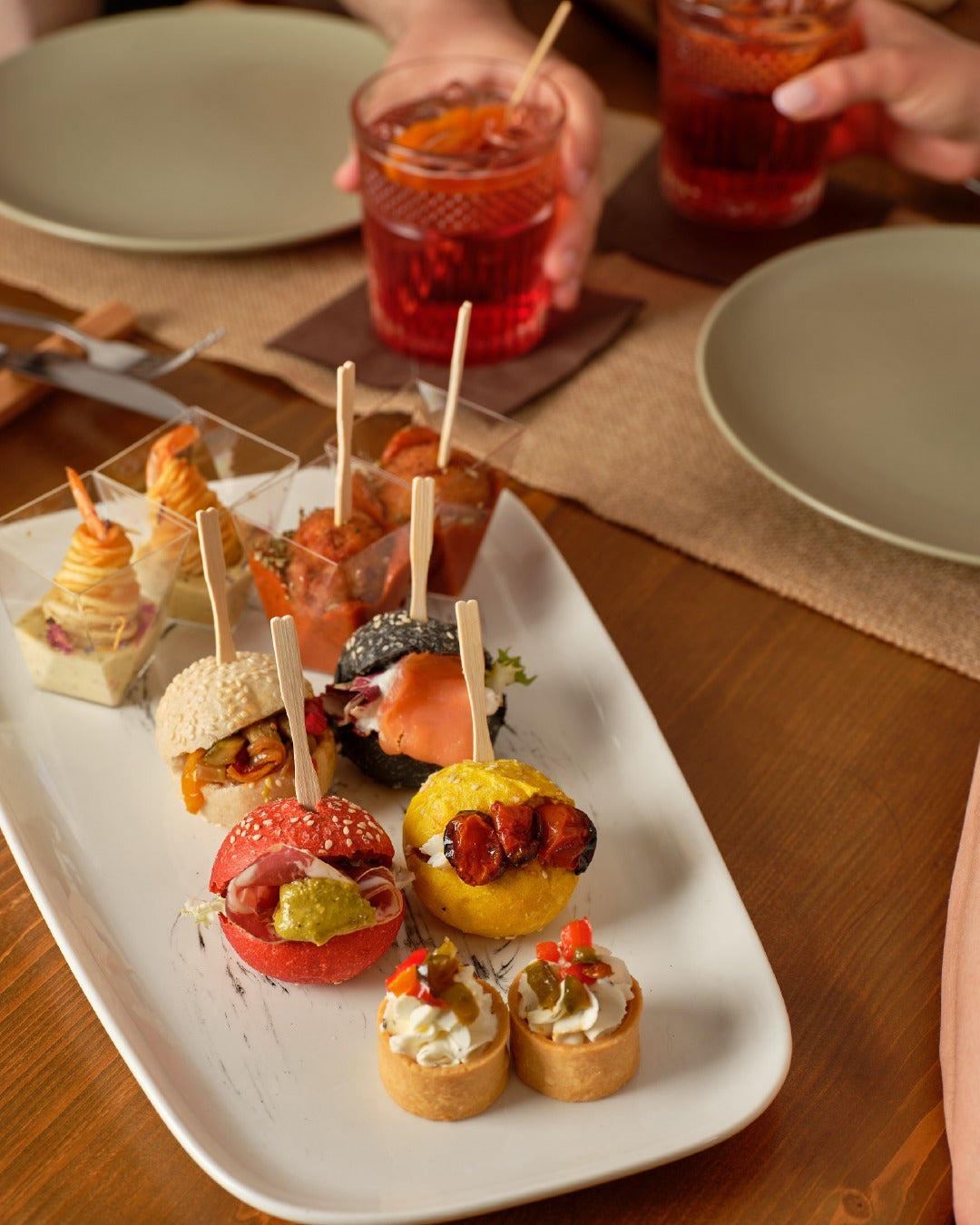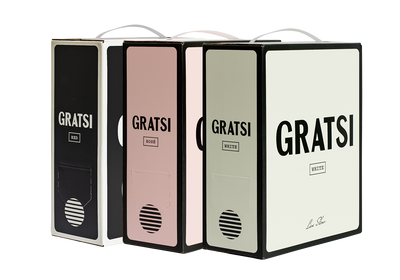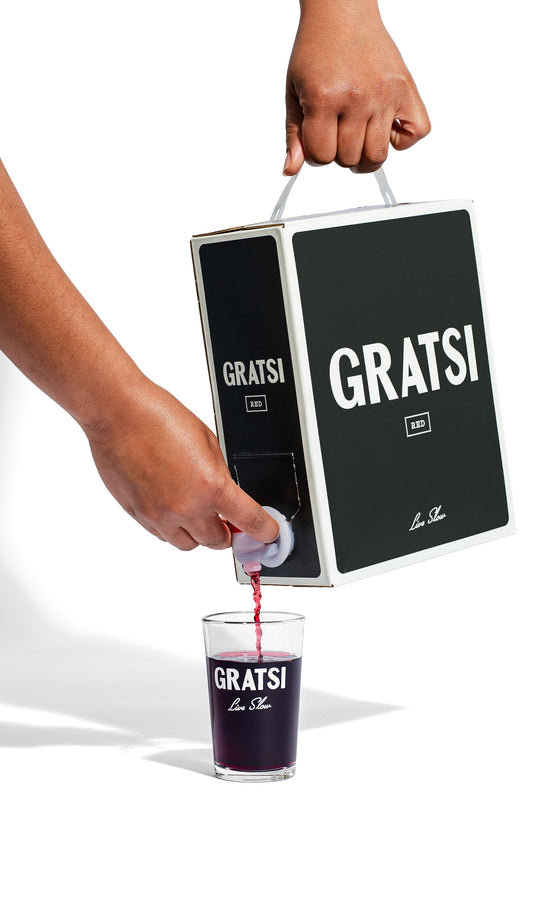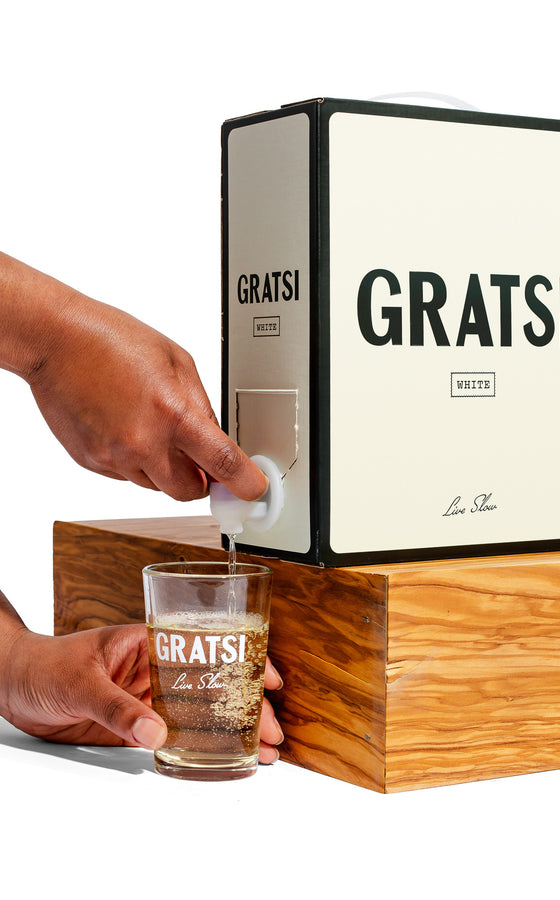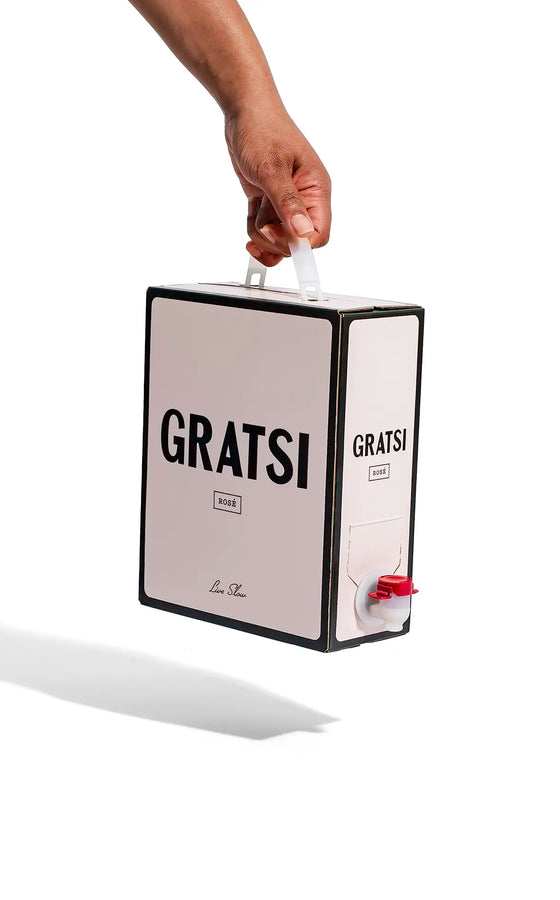Aperitivo or Apericena?
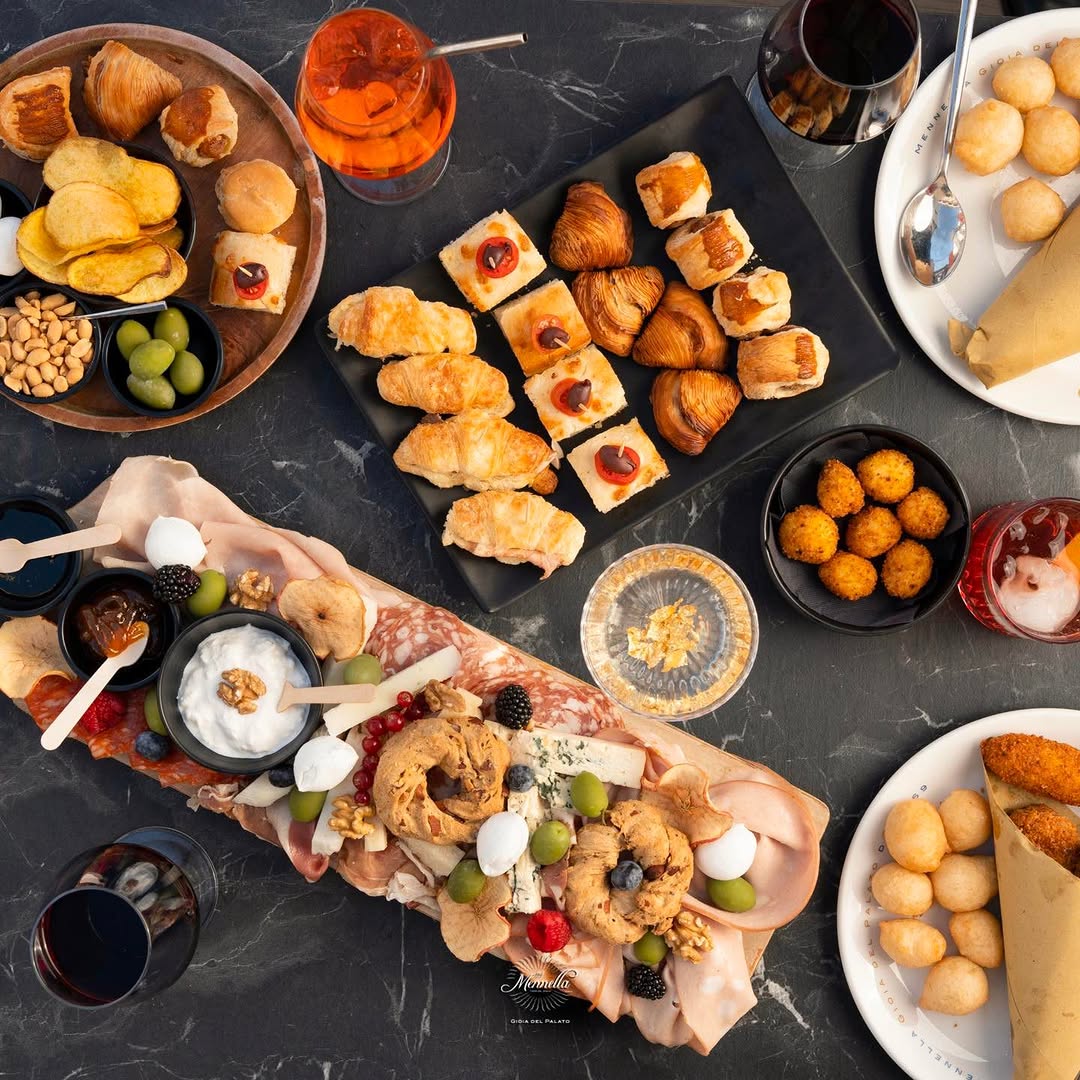
From chic bars to cozy cafés, apericena is redefining Italy’s dining culture.
Aperitivo or Apericena?
By Silvia Nanetti
January 07, 2025
“It’s Italian, it’s both a drink and a moment.” Few descriptions could better encapsulate the concept of “aperitivo.” More than a beverage or a time of day, it has become a cornerstone of Italian culture, so ingrained in the national psyche that it feels timeless—though, in truth, it’s a relatively modern tradition. Like all living customs, it continues to evolve, and today we find ourselves in the era of the “apericena”: a new spin on the apéritif dînatoire, trading refinement for abundance.
The transformation is unmistakable. Wander through Italy, and you’ll find apericena on menus everywhere—from chic bars along bustling pedestrian streets to neighborhood bakeries, local cafés, and even church socials. For €10-15, you’re offered a drink alongside a copious spread of food: artisanal focaccia, cold cuts, mini pizzas, regional specialties, vegetarian dishes, pasta, seafood, and even desserts. Its roots are now so deeply intertwined with Italy’s social fabric that it demands recognition as a defining element of contemporary culture.
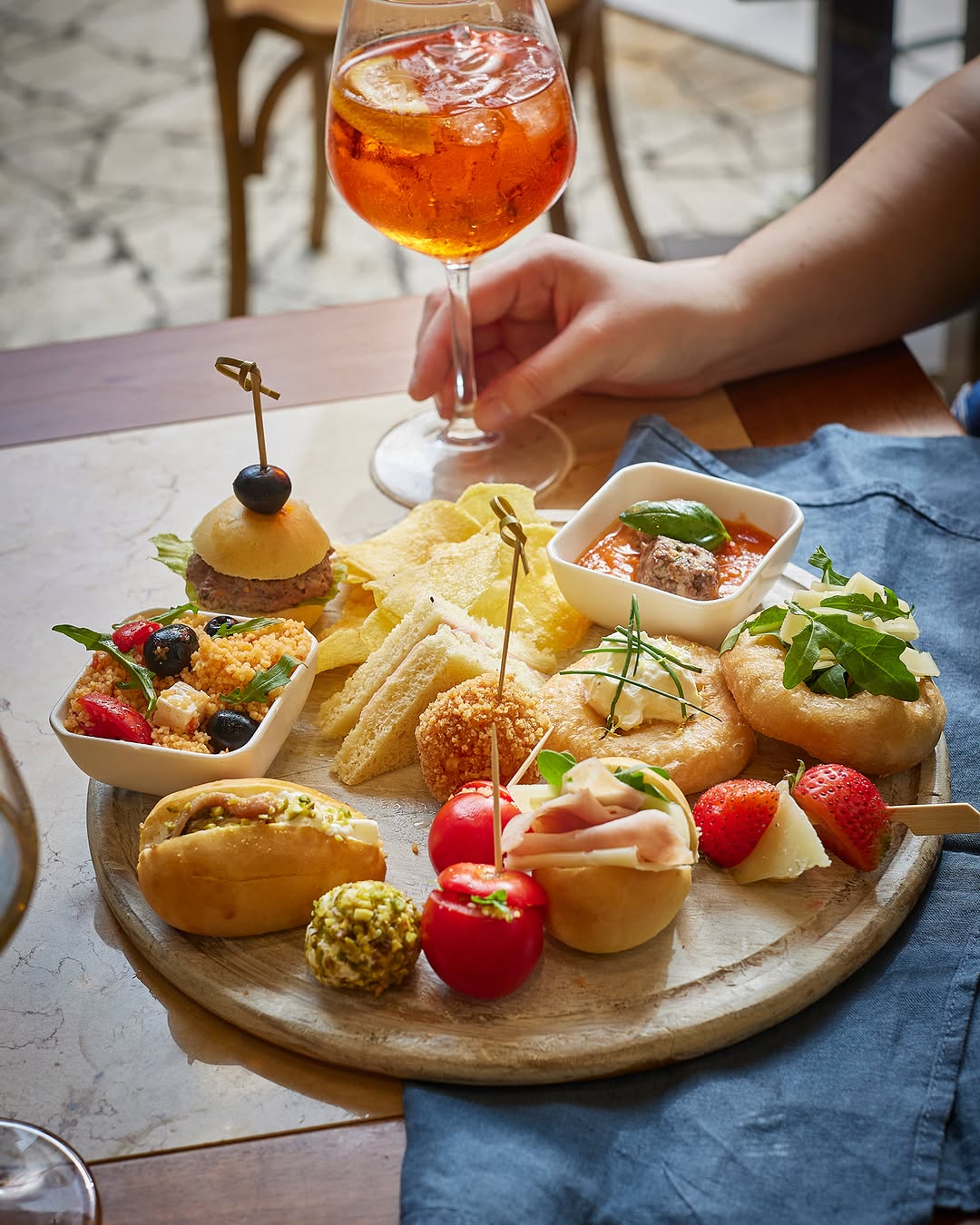
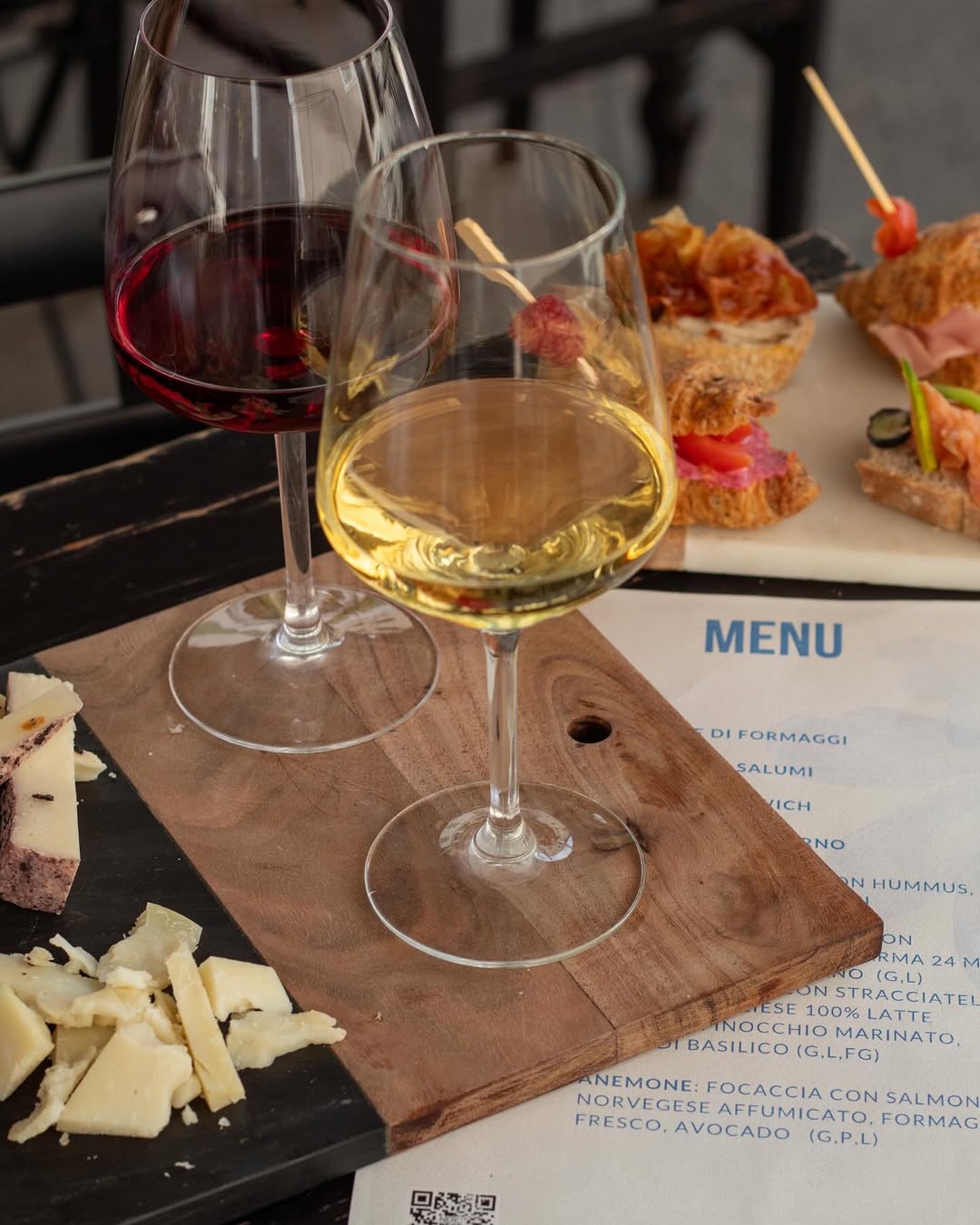
Aperitivo: The beginning
The word aperitivo originates from the Latin aperire, “to open,” referencing its role in preparing the appetite before a meal. Stories of ancient Romans partaking in this ritual teeter on legend, but what’s certain is that they enhanced their wines with honey, herbs, and spices to elevate flavor. Fast forward to 1786 in Turin, when Antonio Benedetto Carpano introduced vermouth—a fortified wine created specifically as a pre-meal drink. Its success was immediate, captivating both Italian and international audiences and solidifying the aperitivo as a cherished tradition.
While Turin gave birth to the aperitivo, it was Milan that elevated it to cultural prominence. Vermouth ceded the spotlight to Campari, whose marketing brilliance shaped Italy’s relationship with the ritual. Futurist-designed posters, Federico Fellini-directed commercials, and initiatives like the iconic “Campari hour” redefined the aperitivo. For decades, 6 PM in Milan meant a simple, unpretentious drink—Campari in Milan, Aperol in Padua, Select in Venice—served with olives, crisps, or the occasional mini pizza. The ritual was frugal yet functional, a buffer between work and leisure, enough to stave off intoxication on an empty stomach.

The “Happy Hour” Revolution
By the 1980s, Milan’s aperitivo began evolving in response to changing social dynamics. The transformation gained momentum in the 1990s when entrepreneur Vinicio Valdo introduced Milan’s first “happy hour.” At his venue, Cap San Martin, patrons—mostly students and young professionals—paid for a drink and gained access to an all-you-can-eat buffet. The spread included pasta salads, cold rice dishes, and other easy-to-prepare options.
In 1998, Valdo unveiled Roialto, a sprawling venue with ornate chandeliers and themed food stations offering a global array of cuisines. While retaining the happy hour concept, it introduced a sense of opulence: more abundant and accessible than fine dining but no less ambitious in its appeal. As Milan’s happy hour flourished, competition shifted from the skill of the bartender to the scale of the buffet. This shift marked not the decline of the aperitivo but its reinvention, embedding it firmly into modern Italian life.
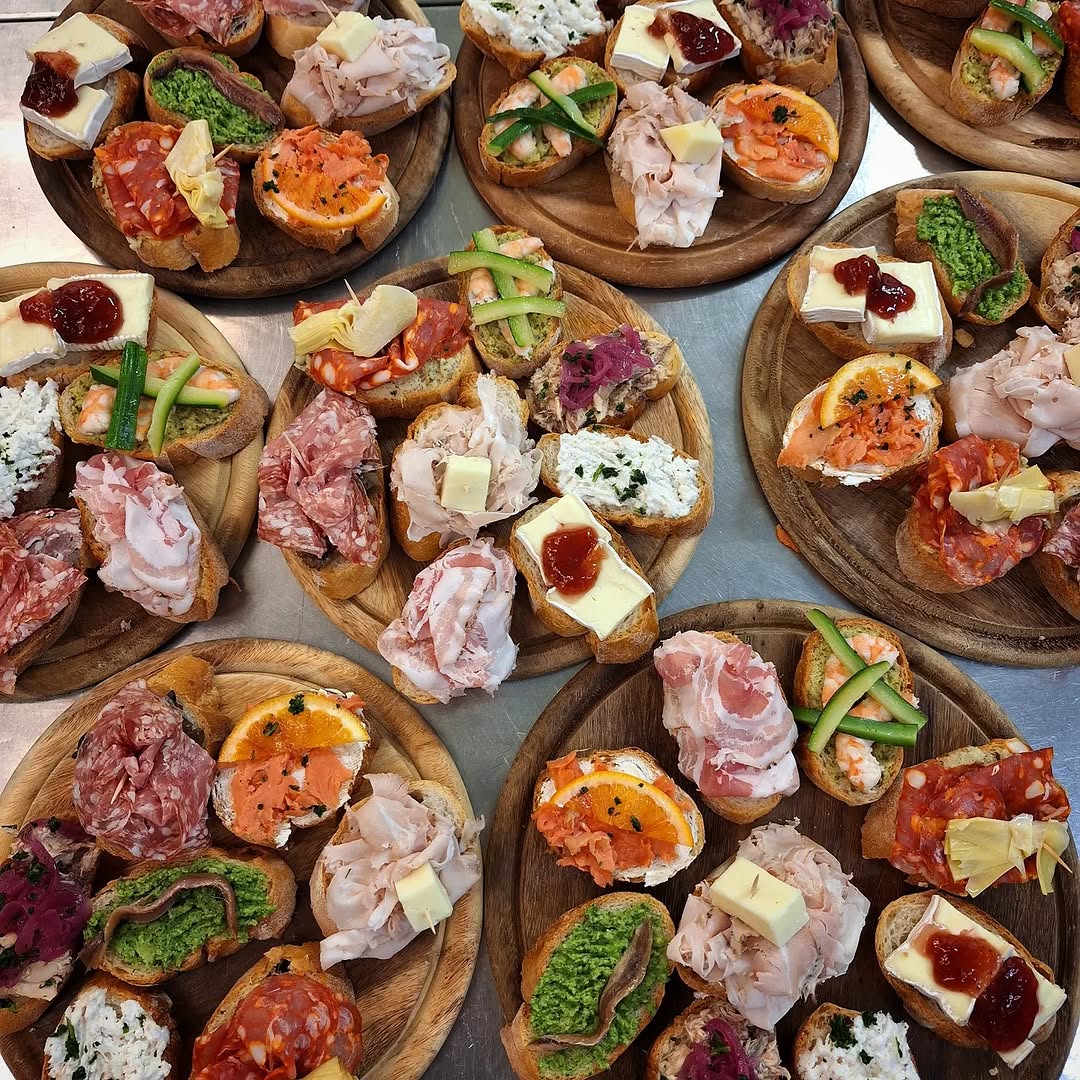
The Rise of the Spritz
Curiously absent from the happy hour scene of the 1990s was the spritz, a drink that would later become synonymous with aperitivo culture. Its breakthrough came in 2003, when Aperol was acquired by the Campari Group and by 2006, the Aperol Spritz was ubiquitous, its success driven by vibrant advertising campaigns and branded beach parties that epitomized summer revelry. This cultural shift propelled the aperitivo from its northern origins in Milan, Venice, and Turin to the rest of Italy, paving the way for the rise of apericena.
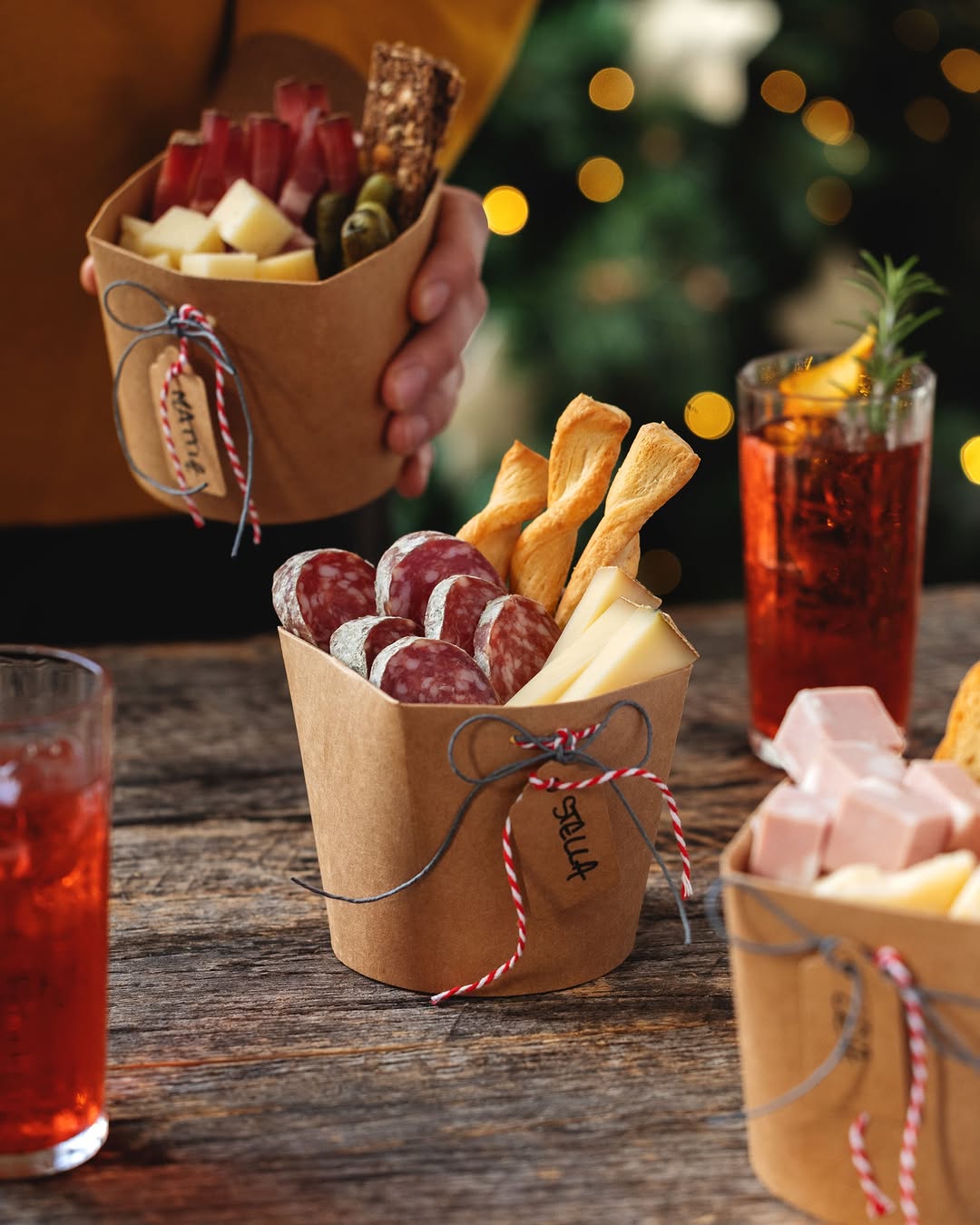
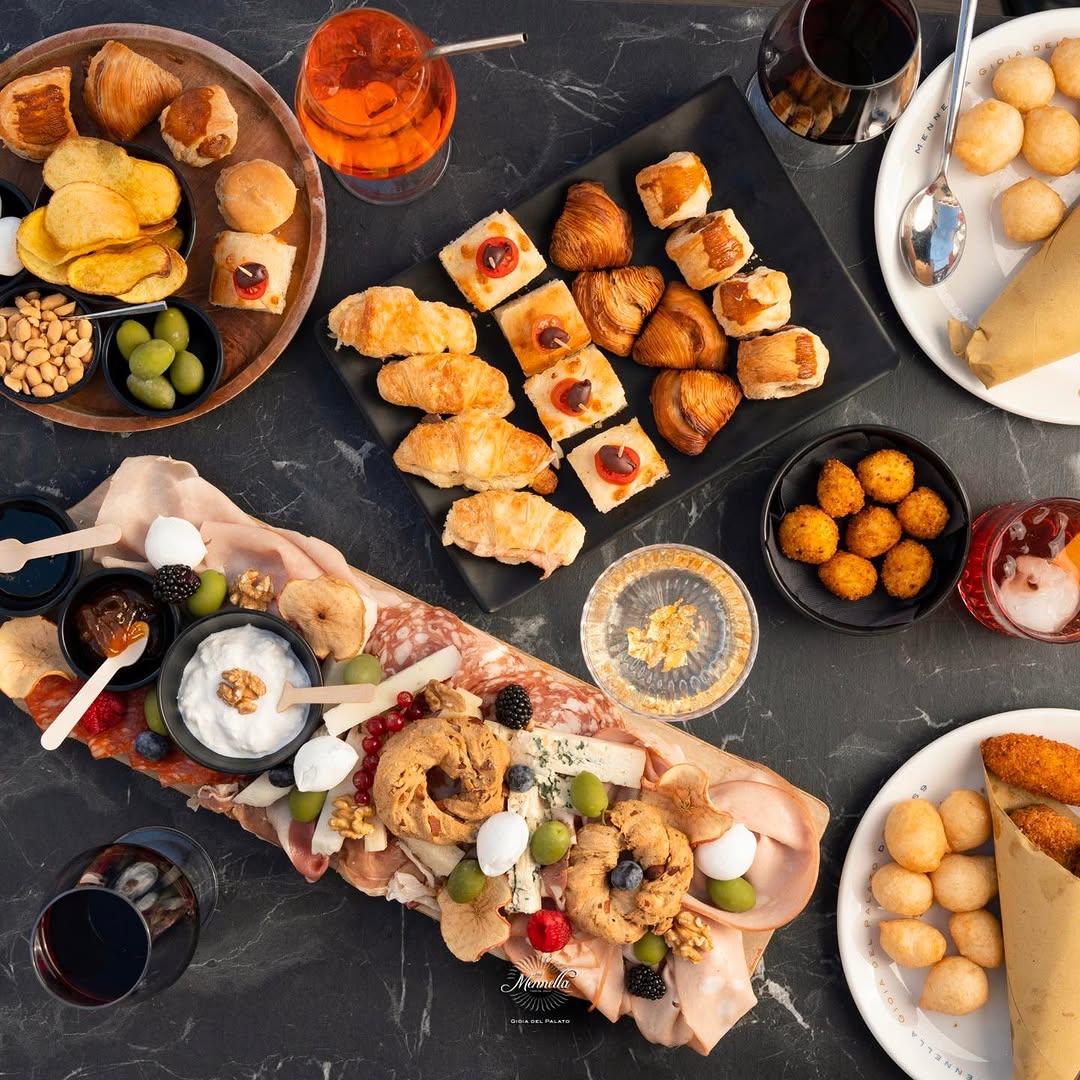
Apericena: A Feast for everyone
Apericena represents the next chapter in this evolution. Emerging after the heyday of Milan’s happy hour, it has democratized the aperitivo, bringing it to every corner of Italy. No longer limited to chic downtown spots, it has found a home in suburban bars, neighborhood cafés, and even private households.
While happy hour once promised a sense of cool sophistication, apericena offers something else: abundance and accessibility. It has become a practical alternative to traditional dining, offering an informal, affordable way to enjoy a meal without the constraints of formal service. Social media platforms like TikTok have amplified its reach, with venues competing to outdo each other with ever-larger portions and inventive promotions. This movement, originating in the south, has begun to reshape the national dining landscape, reversing the traditional north-to-south flow of culinary trends.
A Changing Tradition
Apericena is more than just a trend; it’s a cultural shift, marking a new phase in the evolution of Italian dining. Whether it’s embraced for its conviviality or critiqued for its perceived lack of refinement, it captures the spirit of the moment: informal, plentiful, and unapologetically accessible.
As Italy continues to redefine its relationship with food and socialization, the apericena stands as both a reflection of change and a catalyst for it—a tradition that, true to form, continues to evolve.

